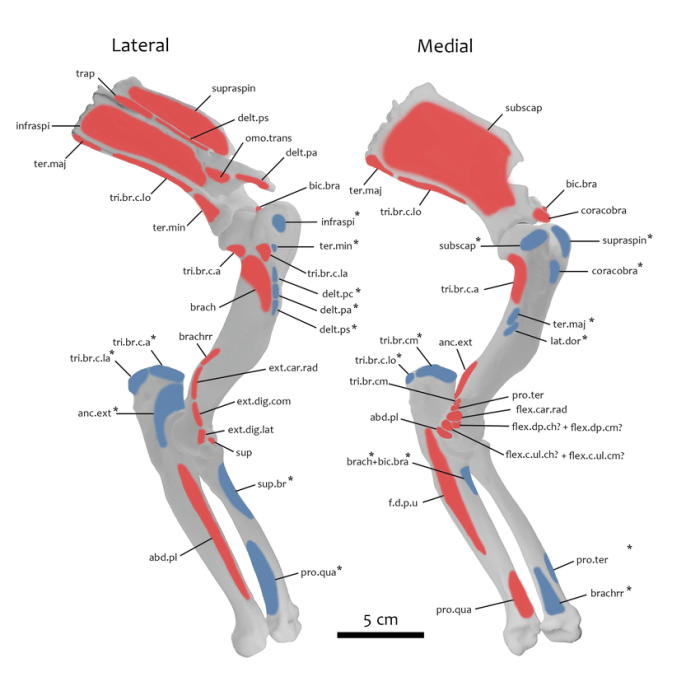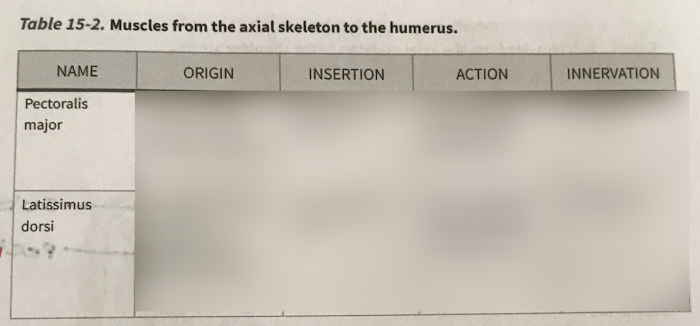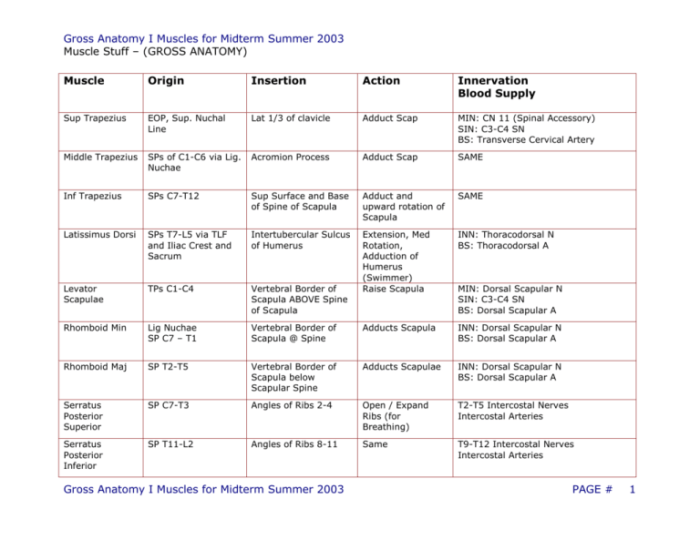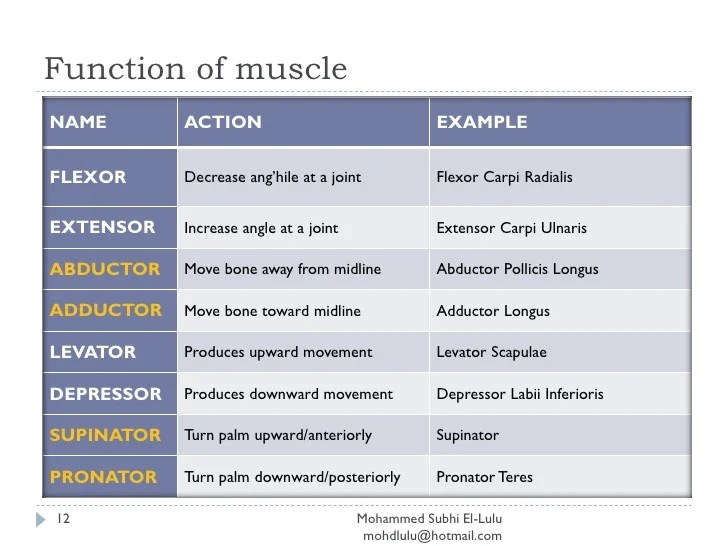Table 10.1 selected muscle origins insertions and actions – Table 10.1: Selected Muscle Origins, Insertions, and Actions presents a comprehensive analysis of the musculoskeletal system, providing a detailed examination of the origins, insertions, and actions of key muscles. This in-depth exploration serves as a valuable resource for students, researchers, and practitioners in the field of human anatomy and physiology.
Through a systematic approach, Table 10.1 meticulously Artikels the anatomical relationships between muscles, their points of attachment, and their primary functions. This information is crucial for understanding the intricate mechanisms of human movement and the functional implications of muscle imbalances.
Muscle Origins and Insertions

The muscles listed in Table 10.1 are responsible for a wide range of movements and functions in the body. Their origins and insertions determine the direction and extent of these movements.
| Muscle | Origin | Insertion |
|---|---|---|
| Biceps brachii | Coracoid process of the scapula and glenoid cavity of the humerus | Radial tuberosity of the radius |
| Triceps brachii | Infraglenoid tubercle of the scapula and lateral and medial surfaces of the humerus | Olecranon process of the ulna |
| Quadriceps femoris | Ilium, ischium, and femur | Patella and tibial tuberosity |
| Hamstrings | Ischial tuberosity of the pelvis | Medial and lateral condyles of the tibia |
Muscle Actions
The muscles in Table 10.1 perform a variety of actions, including flexion, extension, abduction, adduction, and rotation.
| Muscle | Action |
|---|---|
| Biceps brachii | Flexes the elbow joint |
| Triceps brachii | Extends the elbow joint |
| Quadriceps femoris | Extends the knee joint |
| Hamstrings | Flexes the knee joint |
Functional Implications

The origins, insertions, and actions of the muscles in Table 10.1 contribute to their overall function. For example, the biceps brachii’s origin on the coracoid process of the scapula allows it to flex the elbow joint and supinate the forearm.
Clinical Relevance

The information provided in Table 10.1 can be used in clinical practice to diagnose and treat musculoskeletal disorders. For example, a patient with a biceps brachii tear may experience difficulty flexing the elbow joint.
Comparative Anatomy: Table 10.1 Selected Muscle Origins Insertions And Actions

The muscles in Table 10.1 are similar in structure and function to those of other vertebrates. However, there are some minor differences. For example, the quadriceps femoris in humans is divided into four distinct muscles, while in some other animals it is a single muscle.
Developmental Considerations
The muscles in Table 10.1 develop from the mesoderm during embryonic development. They begin as small, undifferentiated cells that gradually differentiate into muscle fibers. The muscles then migrate to their final positions in the body and begin to function.
FAQs
What is the purpose of Table 10.1?
Table 10.1 provides a comprehensive overview of selected muscle origins, insertions, and actions, offering a detailed understanding of the musculoskeletal system.
How is the information in Table 10.1 organized?
Table 10.1 is organized into three main sections: muscle origins, muscle insertions, and muscle actions. Each section presents a tabular listing of the relevant information.
What are the clinical implications of Table 10.1?
The information in Table 10.1 can be applied in clinical practice to diagnose and treat musculoskeletal disorders, assess muscle function, and develop rehabilitation programs.